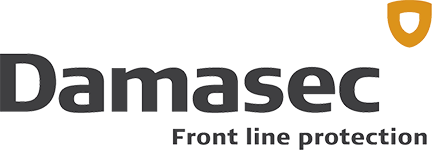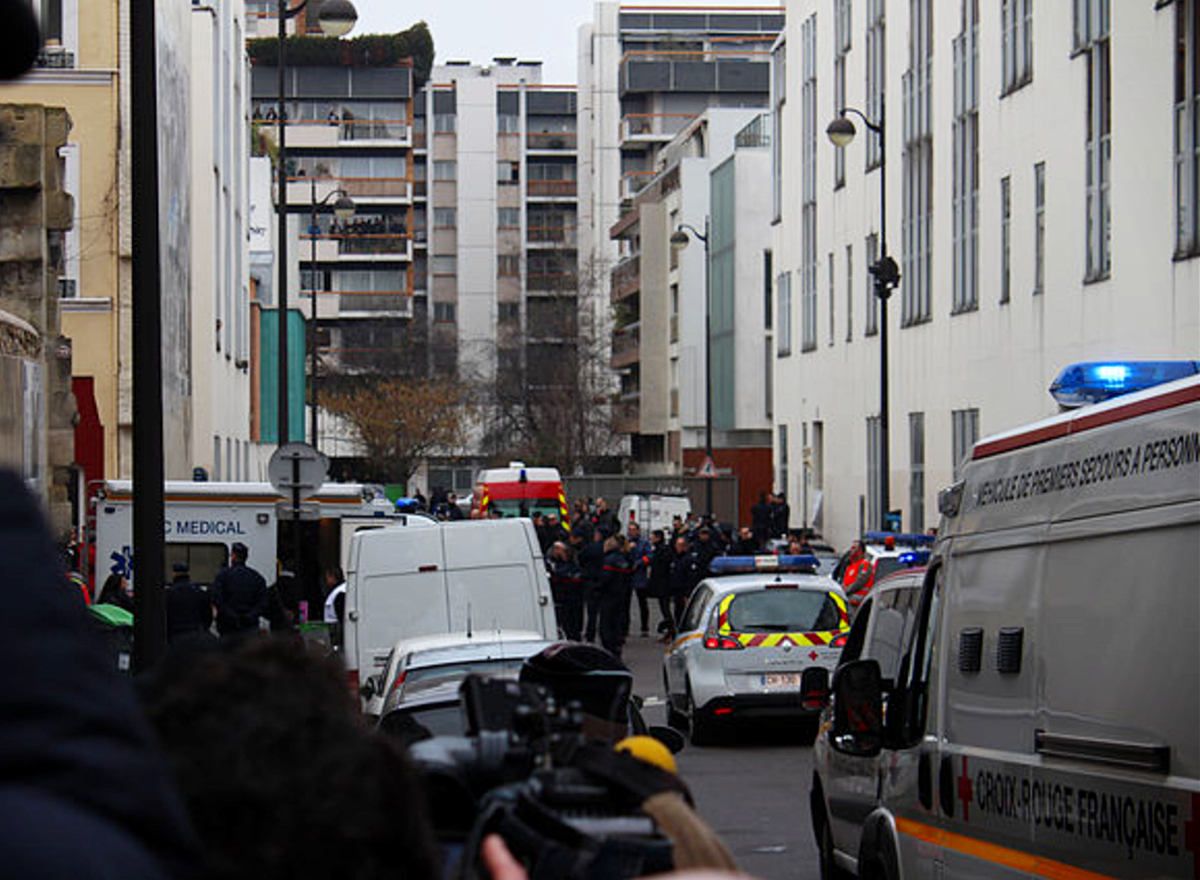Integration of Protection Objectives and Security Layers through Good Design
Between January 7th and January 9th, 2015, Paris and the Île-de-France region experienced five terrorist attacks. 17 people were killed (including the three perpetrators) and 22 others were wounded.
The first – and deadly – of these attacks occurred on January 7th when two armed men (identified as belonging to Al-Qaeda’s Yemeni branch) attacked the headquarters of the satirical newspaper Charlie Hebdo. The attack was motivated by Charlie Hebdo’s satirical drawings and caricatures of the Prophet Muhammad.
This blog focuses on the attacks on Charlie Hebdo itself, seen through the eyes of physical security experts. While the other attacks during this period (Fontenay-aux-Roses and Montrouge shootings, the hostage crisis in Dammartin-en-Goele, and the siege at the kosher supermarket in Porte de Vincennes) were equally shocking and heartbreaking, we put the spotlight on the Charlie Hebdo attack.
The attack on Charlie Hebdo was particularly significant because of:
-
- The repeated threats against the newspaper
- The lack of physical security around a known target
- The political influence the attack had on France’s security strategy.
A Known Security Risk
Charlie Hebdo was no stranger to controversy. Over the years, the satirical weekly had published numerous anti-religious cartoons and articles that mocked and caricatured all major religions. Political figures were also often ridiculed. The newspaper was known as one of France’s most raw and irreverent publications.
Unfortunately, it’s no surprise that the content of the newspaper made them a target for several extremist groups – much like Jyllands-Posten in Denmark.
After the initial publication of Muhammad’s cartoons in 2006, Charlie Hebdo received frequent threats. Phone calls and insults were a regular occurrence. In November 2011, the magazine’s headquarters were destroyed by a Molotov cocktail. Its website was also hacked
In 2013, Stéphane Charbonnier (Charb), the editor of the newspaper, was placed on Inspire’s (Al-Qaeda’s magazine) Most Wanted list.
The French government was aware of the threats and took several steps to protect the journalists. The editorial staff was assigned bodyguards and surveillance. Charb had three bodyguards accompanying him at one point. In 2012, after attacks on American embassies and riots in the Middle East due to the spread of an anti-Islamic film, riot police were even assigned to temporarily protect the newspaper’s offices.
How, then, could two armed men easily enter the building on that fateful day?
Charlie Hebdo and Building Security
The building itself was located on a quiet street, squeezed between other office buildings. Aside from being low-rise and far from modern, its main feature was its number of entry doors: a total of four, some of which were often left open for Charlie Hebdo (and nearby businesses) to receive packages and deliveries more conveniently.
The newspaper’s name did not appear anywhere on the building itself, but the address could be looked up in the phone book until December 2014. Even the newspaper’s section for “legal notices” contained the address.
Further evidence that the physical security was inadequate occurred on several occasions. In September 2014, men drove by in a car and made threats. One month before the attack, a neighbor encountered one of the men who was later identified as one of the attackers. And just one day before the attack, two suspicious men were seen inside the building.
When the editorial staff moved in 2014, a security review was conducted. Due to the many entrances to the building, authorities recommended the installation of video surveillance and a security vestibule (mantrap) on the ground floor with two secured doors and a keypad lock to restrict access
There were no plans to include bulletproof windows or make further alterations to the building’s core or shell – at least none that were disclosed to the public. From what we know, budget was a critical factor in determining which security measures would be implemented.
The vestibule was never installed due to budget constraints. The video surveillance did not function properly. The newspaper’s receptionist later mentioned that she sometimes felt like she was “opening the door to someone who could be armed.”
Perimeter security consisted of a police car stationed outside the offices during working hours – until September 2014 when it was replaced by police patrolling around the building and the area roughly every half hour.
Inside, the main security measures were two keypad-locked digipads, both on the ground floor and the second floor in front of the entrance to the newspaper’s offices.
The Attack on Charlie Hebdo: How They Bypassed Security
Unfortunately, the attackers easily bypassed security. The two armed men were dropped off outside by a third man. They were armed with assault rifles and bulletproof vests. They knew that Charlie Hebdo held its weekly editorial conference on Wednesday mornings, thus ensuring that most of the cartoonists, writers, and editors would be present.
They first entered a neighboring building by mistake – unsure of the exact location of the headquarters due to the lack of a visible logo. Upon realizing the error, they withdrew and located the correct building.
They entered the building and inquired about the newspaper’s offices before shooting Frederic Boisseau, a maintenance worker who was at the reception. They then forced Corinne Rey – a cartoonist who had just returned to the building after picking up her daughter from daycare – to enter the code leading to the editorial office, bypassing the newspaper’s last layer of security. The men opened fire shortly after.
We won’t suggest that better physical security would have drastically changed the events of the day. The attackers were determined, heavily armed, and willing to die for their cause – which was not only proven by their initial attack but also by the subsequent attacks that took place over the next 48 hours elsewhere.
However, as professionals in physical security, it is crucial for us to reflect on what happened and try to learn from it.
The recommendations from the security review were put forth to mitigate a known risk; if the advice to control access to Charlie Hebdo’s building had been followed, perhaps the loss of life would have been lesser.
Photo Credit: Thierry Caro, originally found on Wikipedia and shared under CC BY-SA 4.0 license.


